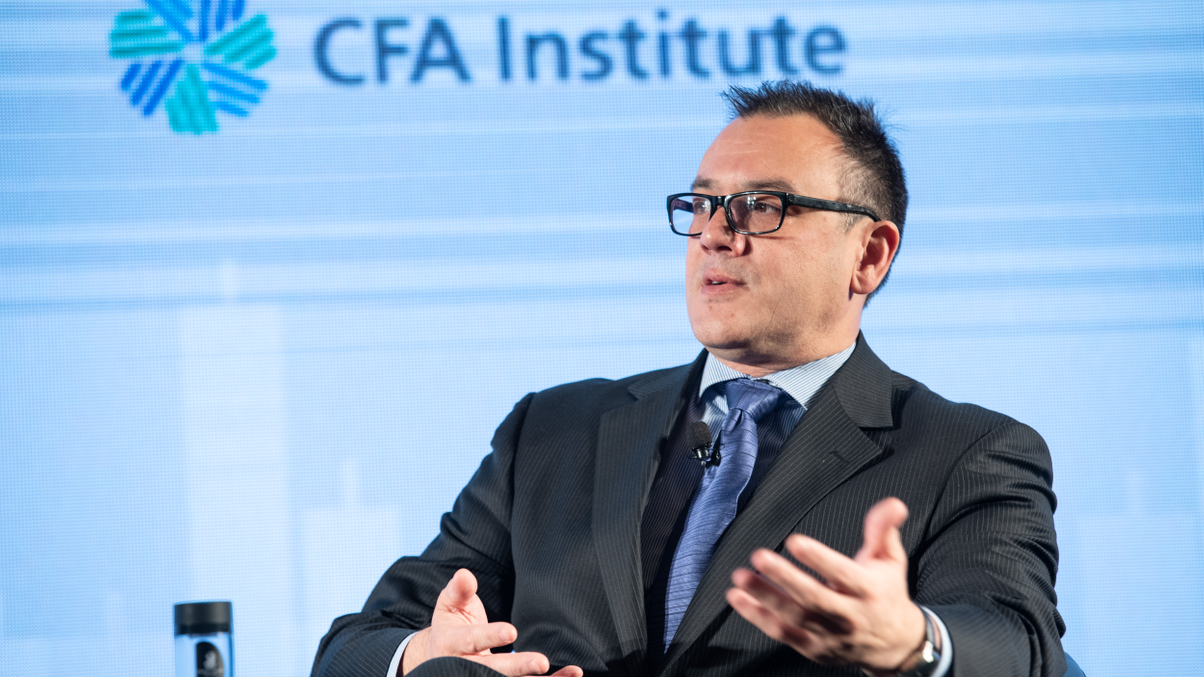Cbus could manage 35% of assets internally, says CIO
The Australian superannuation fund could well manage over one-third of its assets through internal managers, as it seeks to maintain investment performance as its assets swell.

Australian superannuation fund Cbus could yet raise the threshold of assets it internally manages from 20% to up to 35% to better position itself as cash flows into the fund continue rising, according to its chief investment officer.
Sign in to read on!
Registered users get 2 free articles in 30 days.
Subscribers have full unlimited access to AsianInvestor
Not signed up? New users get 2 free articles per month, plus a 7-day unlimited free trial.
¬ Haymarket Media Limited. All rights reserved.


